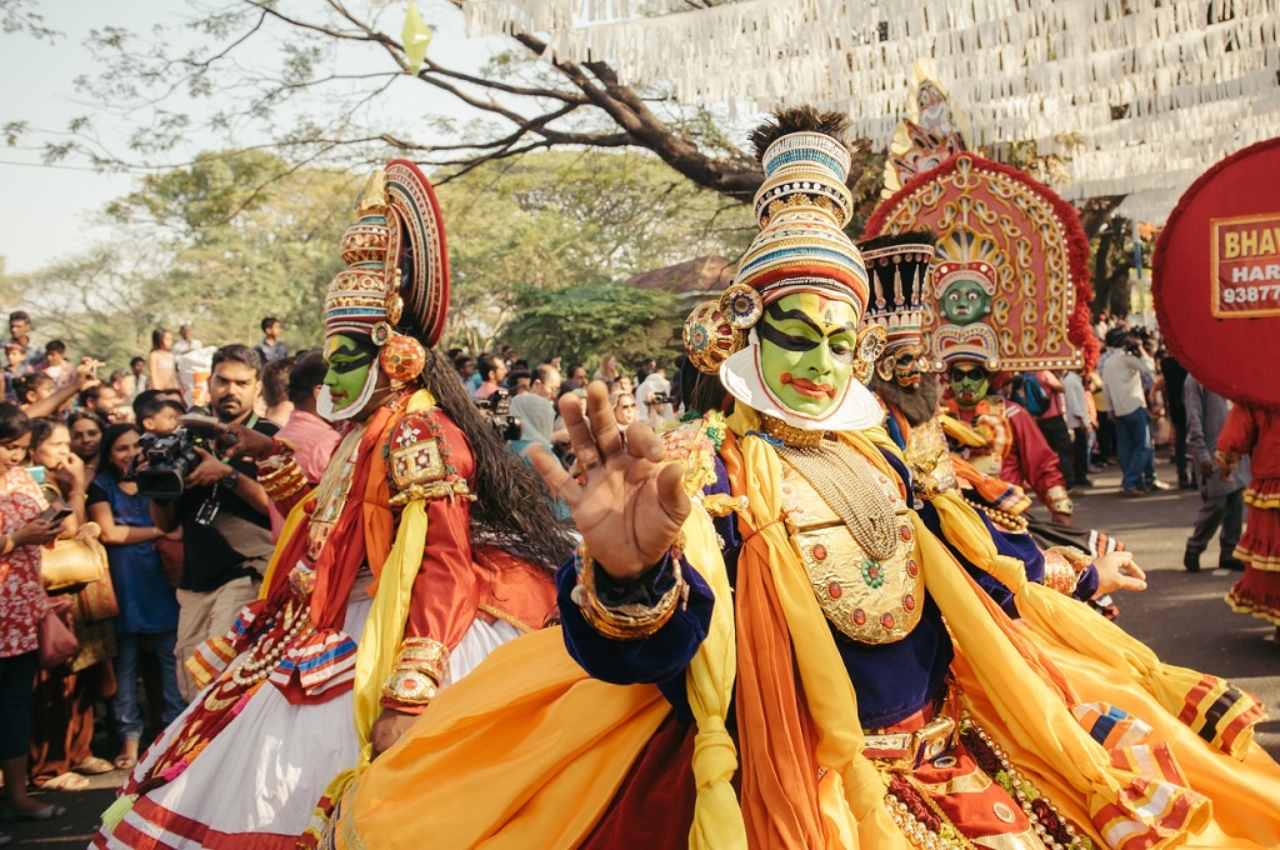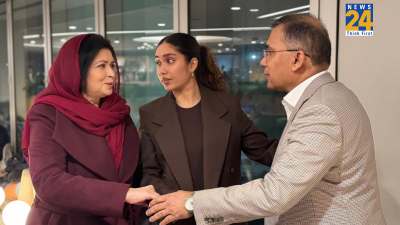New Delhi: Indian culture and heritage are among the world’s most diverse. Traditional practises are still carried out with the same reverence and attention to detail. History is being preserved through traditional deeds and ancient rituals. What exactly are Indian culture and tradition? We hand-picked 5 unique ones from among thousands.
Ramlila
Ramlila translates to “Rama’s play” and is performed across northern India during Dussehra (October-November). This theatrical presentation celebrates the life of Rama, his strengths and struggles. The dramatic performances involve a combination of songs, narration, dance and dialogue to recount episodes from the Ramcharitramanas composed by Tulsidas. It spreads the message of “good over evil” along with teaching the philosophy of life to the audience. It is staged in all towns and villages of north India but if you are travelling to India during that time of the year, you can watch the best Ramlilas in Ayodhya, Ramnagar, Varanasi, Vrindavan, Almora, Sattna and Madhubani.
Aghori sadhus of Varanasi
The Aghori sadhus are wondering monks who renounce all earthly possessions in order to attain eternal spiritual liberation. These ascetic Shaiva sadhus engage in post-mortem rituals such as meditating on corpses, cannibalism, keeping skulls as reminders of the impermanence of life, and smearing their bodies with ash, which is the last rite performed on a material body. Another vital ritual is a dip in the Ganges before sunrise, to cleanse themselves of all sins.
Greetings- The Namaste
That’s how you’ll be greeted at most places in India. This traditional Indian greeting is accompanied by a slight bow and folded palms that are placed in front of one’s chest. This popular custom is not a mere gesture, it literally translates to “I bow to the divine in you” and reflects India’s rich culture, which has its roots in the Ancient Indian scriptures and texts. Below is a list of a few unique Indian traditions.
Traditions and Customs – Atithi Devo Bhavah
In India, the saying ‘Atithi Devo Bhavah’ is also integral. It means ‘the guest is equivalent to god’. It is a Sanskrit verse taken from the Hindu scriptures, which later became a part of the ‘Code of conduct’ for Hindu society since the guests have always been of supreme importance in the Culture of India.
Scriptures – Epics
Indian literature can be traced back to the great epics written in the form of poems, plays, stories, and even self-help guides. The most famous Hindu epics are Ramayana and Mahabharata. Mahabharata, by Ved Vyasa, is the longest poem written in Sanskrit. Both these epics are written in order to highlight human values of sacrifice, loyalty, devotion, and truth. The moral of both stories signify the triumph of good over evil.













